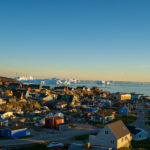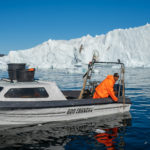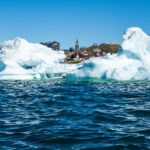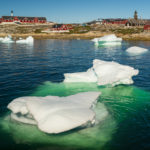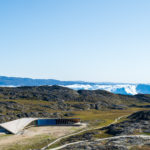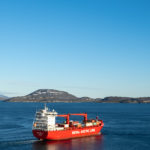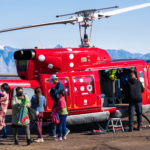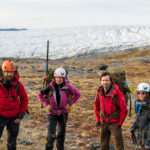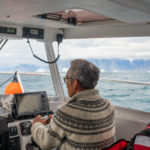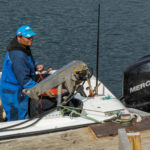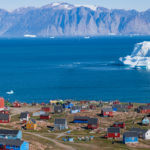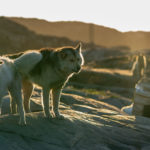How a new partnership with the U.S. National Park Service could help Greenland grow sustainable tourism
The NPS’s Office of International Affairs is sharing expertise with Greenland tourism officials as the country plans for more visitors to its natural areas.
The Office of International Affairs is one of the smallest units of the U.S. National Park Service, employing only six people. As just one indication of how small the program is, they have no travel budget of their own and must instead rely on funding from other departments.
Yet for 60 years, the office has been collaborating with countries around the world to share conservation insights and best practices.
Now a new collaboration between the NPS and officials in Greenland aims to help that country’s bid to develop a sustainable tourism industry.
Greenland has a growing tourism sector, which the country is actively working to expand even further — most prominently with a major project to expand runways in Ilullisat and Nuuk, which will allow larger aircraft to land in both cities. It also has a growing cruise tourism sector.
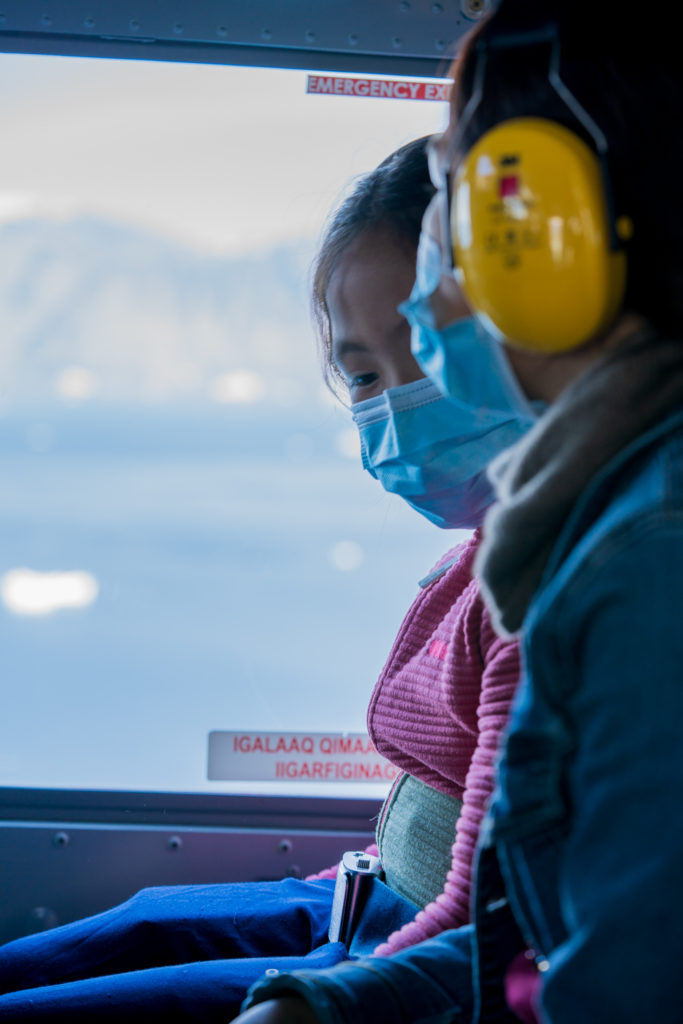
A key part of future tourism growth in Greenland is virtually certain to be linked to its three UNESCO World Heritage Areas and a single, very remote national park — Northeast Greenland National Park, which at 240 million acres is nearly three times the land area of all 423 units administered by the NPS combined. (The single national park is so remote that it doesn’t figure prominently in Greenland’s immediate tourism growth plans, but the UNESCO areas have much in common with national parks in the U.S. and elsewhere.)
Despite this truly monumental exception, the U.S. has a much more established national park system and far larger tourism economy linked to national parks. It’s this extensive experience that the Park Service’s Office International Affairs draws upon to offer advice and assistance to national conservation programs outside the U.S.
Stephen Morris, who heads the NPS’s Office of International Affairs, said the collaboration with Greenland began when a representative of the U.S. Embassy in Denmark reached out to his office.
At first, they made plans for Kim Kielsen, who was then the prime minister of Greenland, to visit an Alaska park as part of a larger in-person program. But that trip had to be called off due to the COVID-19 pandemic. Instead, U.S. and Greenland collaborators have begun working together through a series of webinars that also includes specialists in Denmark.
So far discussions have focused on issues such as managing concessions and commercial services, working with the cruise ship industry, measuring the economic impact of visitor spending in national parks, and preparing for the effects of climate change. The latter is a central concern for both the U.S. and Greenland, Morris said: “It’s the elephant in the room.”
In its new collaboration with Greenland, Morris sees his unit’s role as enabling the country to better prepare for the future.
“What’s unique about Greenland, I would say, is it’s kind of an exciting opportunity to help a country kind of get ahead of the curve before things get out of control,” he said. “They’re asking the right questions and they’re trying to be prepared before the floodgates are open, so they don’t run into problems down the road.”
Part of that preparation for Greenland is looking toward other relevant areas for lessons learned and pitfalls to avoid. One such lesson comes from Greenland’s neighbor, Iceland, which massively ramped up tourism over the past couple of decades. The fast growth of tourism there brought some repercussions, such as damage to sensitive ecological areas and strains on infrastructure.
For Greenland — with less infrastructure than Iceland and a total population of less than 60,000 people — there’s an even greater risk of becoming “overrun with visitors they can’t handle,” said Morris. “I think they were very aware of the implications of doing it that way.”
So, Iceland, with its relatively unbounded approach to tourism, may not be the best model for Greenland.
Other models that might prove instructive for Greenland include Glacier Bay National Park in Alaska and West Norwegian Fjords World Heritage Site in Norway. These two parks have been collaborating with each other for several years and formalized their relationship in 2019 to become sister parks.
Each also has similarities to natural areas in Greenland. Glacier Bay — where a significant cruise ship industry presence must be balanced with the needs of the local Indigenous populations — has particular resonance for Greenland.
Suusaat Mathiassen, a tourism advisor for Greenland’s northern municipality, is inspired by how staff at Glacier Bay monitor tourism and the park’s regulations on cruise ships, which limit their noise and size. But she also wants better integration of local Indigenous residents in park management than has historically been the case in the U.S. (In Greenland, the majority of the population is Indigenous.) In particular, she wants to ensure that the lives of Indigenous people in Greenland are not disturbed by a growing tourism economy.
Mathiassen also said that Greenland’s plans to grow its tourism industry include expanding beyond the primary destination of Ilullisat during the short summer season: “Our main goal is to broaden the season and to bring the tourism further north and out to other cities so that they don’t collect in Ilullisat only.” This might include villages such as Qaanaaq, Uummannaq, Upernavik and others — some of which currently lack basic tourism infrastructure.
Like Alaska, Iceland and Norway, Greenland will also be working to balance tourism centered on natural ecosystems with existing commercial fisheries and subsistence hunting and fishing, which are currently “the strongest pillar of the economies of the north,” according to Mathiassen. She anticipates that these will remain core elements of the culture of northern Greenlanders even as tourism grows in these areas.
As Greenland prepares to address these issues, consultation with the U.S. is just one element of this preparation. Perhaps someday, Morris speculated, the level of collaboration between parks in the U.S. and Greenland will reach the level of that between Glacier Bay and West Norwegian Fjords.
Chris Dunn is a freelance writer, photographer, and academic with a Ph.D. in Environmental Studies, who is based in Colorado. Reporting for this story was supported by the Pulitzer Center.
